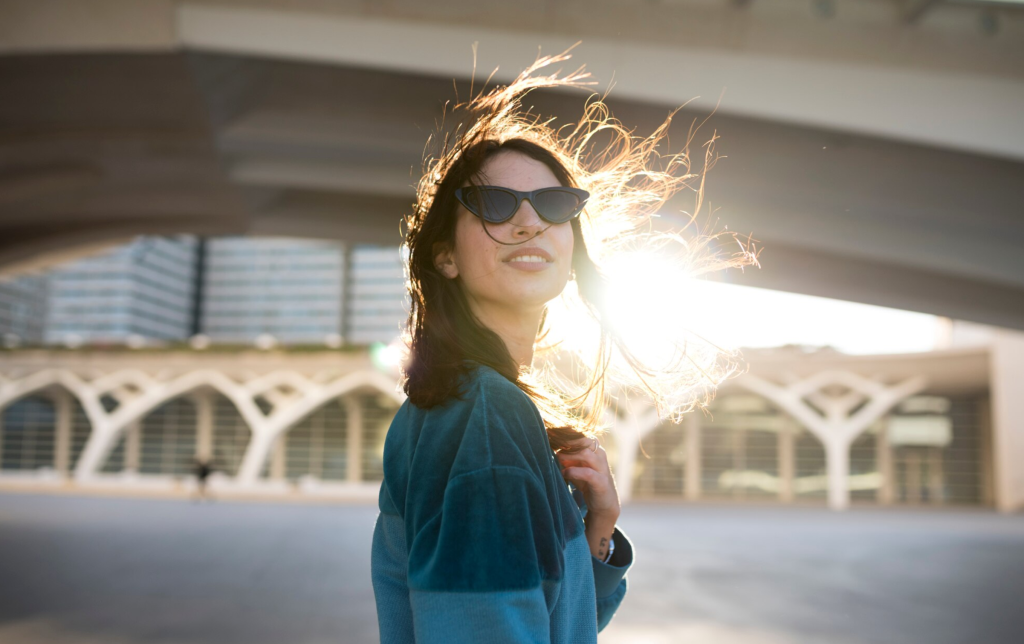In our always-on, digitally-driven world, energy dips and burnout feel almost inevitable. While caffeine and productivity hacks are often the go-to solutions, one of the most underrated tools for boosting energy is light. Yes—natural light exposure can have a profound effect on how awake, alert, and energized we feel throughout the day.
Let’s explore the science behind light exposure, why it’s so critical to our energy levels, and how to use it strategically to feel your best.

🌞 Why Light Matters More Than You Think
Light doesn’t just help us see. It also sets our biological rhythms. According to the National Institute of General Medical Sciences, exposure to natural light directly influences our circadian rhythm—our body’s internal 24-hour clock that regulates sleep, energy, and hormone production.
In other words, light is fuel for your brain and body.
🔬 The Science: How Light Affects Energy
1. Light Regulates Melatonin and Cortisol
- Melatonin is the hormone that signals your body it’s time to sleep.
- Cortisol, often called the “stress hormone,” plays a major role in wakefulness and alertness.
Morning exposure to bright, natural light suppresses melatonin and boosts cortisol levels, helping you feel awake and focused. According to research published in the Journal of Clinical Sleep Medicine, light therapy has been shown to help reset circadian rhythms and reduce daytime fatigue.
👉 Key takeaway: The right kind of light at the right time can either help you wake up—or unintentionally make you groggy.
2. Blue Light in Moderation Can Be Energizing
Blue light, which comes from both the sun and digital devices, is the most potent wavelength when it comes to stimulating the brain. It can boost alertness and reaction times. However, while natural blue light in the morning is beneficial, too much of it at night can disrupt sleep.
The Harvard Health Publishing warns that nighttime exposure to blue light suppresses melatonin more than any other type of light—leading to restless sleep and lower energy the next day.
🕒 Timing Is Everything: When to Get Light
To optimize your energy levels, it’s not just how much light you get—it’s when you get it. Here’s a rough guide:
✅ Morning (6:00–10:00 AM)
- Aim for at least 15–30 minutes of natural light as soon as possible after waking.
- Step outside, go for a walk, or sit near a window.
✅ Midday (12:00–2:00 PM)
- Sunlight is at its peak—perfect for a short outdoor break to maintain alertness.
❌ Evening (After 7:00 PM)
- Dim the lights and avoid screens.
- Use warm lighting to signal your body it’s time to wind down.
🛠️ Practical Ways to Get More Light (Even Indoors)
Let’s face it: not everyone can step into sunlight during a busy workday or in winter. Here’s how to make the most of your indoor environment:
- Use light therapy lamps: Especially useful during darker months or for those with Seasonal Affective Disorder (SAD). Look for lamps that provide 10,000 lux of brightness and are UV-free.
- Sit near windows: Rearrange your workspace if possible. Even indirect sunlight is better than fluorescent bulbs.
- Take your coffee break outdoors: A quick 10-minute walk in daylight can dramatically boost alertness.
- Open your blinds fully: Maximize natural light by allowing it to fill your living or work area.
🌎 Seasonal Affective Disorder and Light
For many people, winter brings more than just chilly weather. It brings a drop in mood and energy, often diagnosed as Seasonal Affective Disorder (SAD). According to the Mayo Clinic, SAD is believed to be closely tied to reduced daylight exposure, leading to disrupted circadian rhythms and lower serotonin levels.
Light therapy, in particular, has been shown to reduce symptoms in as little as one week. Using a high-quality lightbox every morning during darker months can simulate sunlight and help regulate mood and energy.
🧠 Light and Mental Alertness
Light exposure isn’t just about physical energy—it also influences cognitive performance. Studies published by the National Library of Medicine suggest that bright light can:
- Improve attention
- Enhance memory
- Increase alertness during tasks
This is why many offices, classrooms, and even hospitals now use lighting systems that mimic natural daylight cycles to enhance productivity and reduce fatigue.
💤 What Happens When You Don’t Get Enough Light?
Chronic low light exposure, especially in environments like windowless offices or night-shift work, can lead to:
- Fatigue and low motivation
- Sleep disturbances
- Mood issues like depression or anxiety
Even worse, your body’s internal clock can become desynchronized, leading to a cascade of health and energy problems over time.
✅ Summary: Key Tips for Boosting Energy Through Light
Here’s a quick list to help you implement the power of light into your daily routine:
- 🌞 Get morning light within 30 minutes of waking
- 💡 Use light therapy if you’re not getting enough natural light
- 🪟 Sit near windows and take breaks outside during the day
- 🌙 Avoid bright screens and overhead lights at night
- 🛏️ Use warm, dim lights before bed to improve sleep quality
✨ Final Thoughts: Light Is Natural Energy
Your body was designed to rise and rest with the sun. While modern life has disrupted that rhythm, simple changes in how—and when—you get light exposure can help reset your internal clock, improve your sleep, and supercharge your daytime energy.
Next time you feel sluggish, consider this: maybe you don’t need more coffee. Maybe you just need more light.
📚 References
- National Institute of General Medical Sciences. (n.d.). Circadian Rhythms. https://nigms.nih.gov
- Harvard Health Publishing. (2020). Blue light has a dark side. https://www.health.harvard.edu
- Mayo Clinic. (2021). Seasonal Affective Disorder (SAD). https://www.mayoclinic.org
- National Library of Medicine. (2021). Effects of bright light on cognition and mood. https://www.ncbi.nlm.nih.gov






